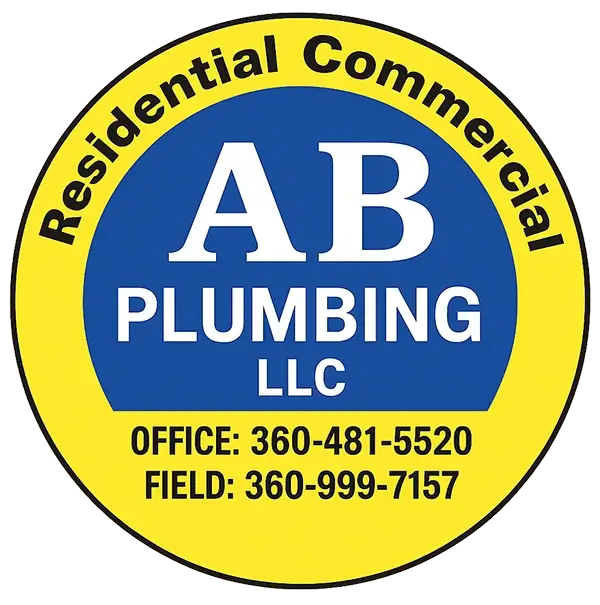Understanding the Basics of Tank and Tankless Systems
When it comes to choosing a water heater, understanding the differences between tank and tankless systems is crucial. Both types have unique features that cater to different needs. A traditional tank system stores heated water in a large tank, while a tankless system heats water on demand. This basic distinction can greatly affect your home’s energy efficiency and space usage.

Space Considerations for Your Home
Tank water heaters require more space due to their storage tanks. They are typically installed in basements or utility rooms. On the other hand, tankless systems are compact and can be mounted on walls, saving valuable floor space. If you live in a smaller home, opting for a tankless system could be beneficial.
Energy Efficiency and Cost Savings
A significant difference lies in energy consumption. Tank systems maintain a constant supply of hot water, which consumes energy even when not in use. In contrast, tankless systems heat water only when needed, reducing energy bills. Considering this aspect during your water heater installation can lead to long-term cost savings.

Water Heater Installation Complexity
The complexity of installing these systems also varies. Installing a tankless system may require upgrading your home’s electrical system or gas line, adding to initial costs. Conversely, replacing an existing tank system with another tank model tends to be straightforward, making the process smoother during water heater installation.
Lifespan and Maintenance Needs
Tank water heaters generally last about 10-15 years. They require regular maintenance like flushing the tank to prevent sediment buildup. Meanwhile, tankless units often have longer lifespans, up to 20 years or more, with less frequent maintenance needs. This longevity can make them a worthwhile investment for many homeowners.
Cost Implications and Long-Term Investments
The upfront cost of tankless systems is usually higher than that of traditional tanks. However, the long-term savings on energy bills and replacement costs can offset this initial expense. It’s important to weigh these factors based on your budget and priorities when deciding between the two options.
Pros and Cons Comparison List
- Tanks: Lower initial cost but higher energy consumption
- Tankless: Higher initial cost but lower ongoing expenses
- Tanks: Require more space and regular maintenance
- Tankless: Space-saving design with less upkeep required
Making Your Decision With Confidence
Selecting the right water heating system depends on various factors including space availability, budget, and energy conservation goals. By carefully evaluating the pros and cons of each type, you can choose a solution that best fits your lifestyle and meets your household’s demands.
Contact Us for Expert Guidance
If you’re ready to upgrade your water heating system or need help selecting the best option, contact AB Plumbing LLC today at (360) 481-5520. Our team provides top-notch service throughout Roy, WA, ensuring you receive the best advice tailored to your specific needs.
